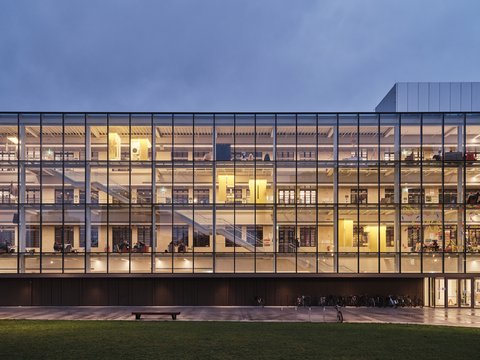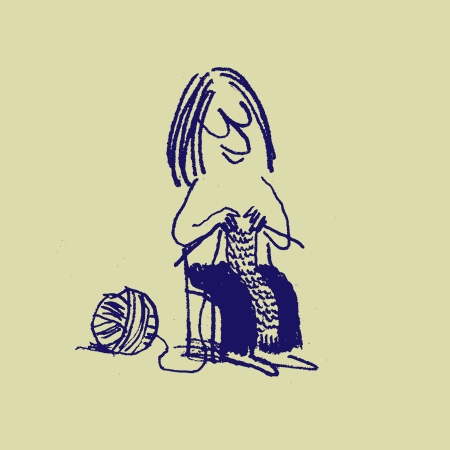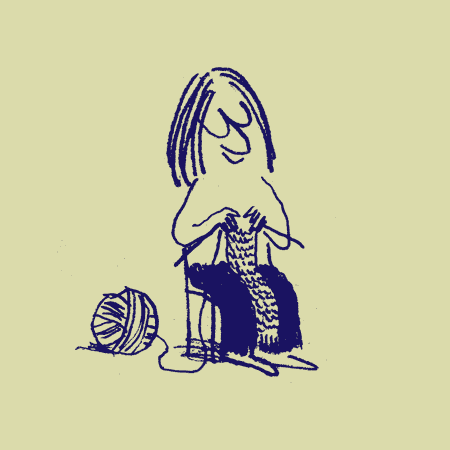RogCreathon: What Can We Learn from Our Ancestors?
We're excited to announce the RogCreathon! This intensive, collaborative event is your opportunity to dive deep into creative problem-solving and innovative design with renowned international design mentors in the inspiring environment of the biggest creative hub in Europe!
Dedicated to young designers and makers, RogCreathon will take place from November 18–20, 2024, in Ljubljana, Slovenia.
The 48-hour design sprint will be a unique opportunity to explore the theme "What Can We Learn from Our Ancestors?" under the mentorship of product designers Lei Zhang and Jovana Zhang, industrial designer Anna Gudmundsdottir, architect Asel Yeszhanova, fashion designer Lauren Fajardo, and industrial designer Rok Kuhar. Our aim is not only to honour the legacy of our ancestors but also to discover new avenues for a sustainable and thoughtful future.
Don't miss this chance to be part of the fun and transformative experience, to network with like-minded professionals from around the globe, and to compete for attractive prizes.
We look forward to seeing you at the RogCreathon!
The event is part of the first international RogDesignDays (18–23 November 2024), which also include the RogForum (20–22 November 2024) and RogExpo (20 November 2024 - 15 March 2025), an exhibition showcasing the yearly production of Center Rog.
RogCreathon is partially financially supported by the Distributed Design Platform, which is funded by the European Union
About Center Rog
Center Rog in Ljubljana, is the largest production hub in Europe catering to professionals in applied arts, design, crafts, and architecture, with a strong focus on sustainable development. Inaugurated in October 2023 and located in a revitalized bicycle factory in the center of Ljubljana, the hub offers 8,500 m² of shared production space for professionals and amateurs, with 9 production labs, 20 free-of-charge studios for creatives developing sustainable products, 5 residential apartments, an exhibition hall, shops for local designers, and indoor and outdoor public spaces open to everyone.
About the challenges
Our ancestors were pioneers of ingenuity and adaptation, developing solutions rooted in a profound understanding of nature, resourcefulness, and community. We invite you to reinterpret these timeless principles in a contemporary context.
This intensive, collaborative event is your opportunity to dive deep into creative problem-solving and innovative design with renowned design mentors in the inspiring environment of the biggest creative hub in Europe!
The RogCreathon features five distinct challenges, each crafted by an internationally renowned mentor in the fields of product design, architecture, fashion design, and entrepreneurship. We will select 5 participants per challenge. Every team gets a box of materials, 10 hours access/day to 9 fabrication labs, machines, tools, technological and mentorship support, 48 hours access to assembly space. At the end of 48 hours, the teams will present their work to a jury. The winner will be announced at the opening ceremony of RogForum. All the teams will have the opportunity to present their work to the international professional community at the RogConference.
Who can apply and how to apply?
Any creative aged 18 to 30. You can submit your application by filling the online form bellow, adding a link to a presentation video describing who you are and what motivates you. There is no application fee.
What is application deadline?
Monday, 30 September 2024 - The application deadline has been extended until and including October 14, 2024!
How many young creatives will be selected?
25
What do I get if I get selected:
- Free participation at the RogCreathon with meals covered, 18 - 20 November 2024.
- Free ticket for the RogForum with meals covered, 21 - 22 November 2024.
- Free accommodation in a hostel from 17 – 23 November 2024 (for foreign participants and Slovenian participants who do not live in Ljubljana)
Are there awards for the winning team?
- For Slovenian participants living in Ljubljana: Yearly membership and usage package for local participants
- For foreign participants and Slovenian participants who do not live in Ljubljana: A two-week residency in Center Rog with the access to production labs and covered travel costs for foreign participants (between January and June 2025)
Timeline
- Application Deadline: Monday, 30 September 2024 - The application deadline has been extended until and including October 14, 2024!
- Notification of selection: Monday, 18 October at the latest
- Early November: online meeting with mentor, presentation of the challenge
- Sunday 17 November: Arrival in Ljubljana, settling into accommodation for foreign participants
- Monday, 18 November: 9:00 - registration; 10:00 - start of the RogCreathon
- Wednesday 20 November: 10:00 - end of the RogCreathon; 10:01 - presentation of the results to the jury; 19:00 - official opening of the RogConference and exhibition; 19:30 - announcement of the winners
- Thursday 21 November - Friday 22 November: RogForum
- Saturday 23 November - Departure of foreign participants
For more information contact us at dojrana.prokopieva@center-rog.si.
5 Designer Challenges
CHALLENGE 1: MAKE DO: UPCYCLING INDUSTRIAL WASTE
Mentor: Anna GUDMUNDSDOTTIR, product designer (Iceland, Sweden)
Challenge description: We live in a time of overconsumption that poses a real threat of extinction. The UN estimates that a million plant and animal species could soon disappear due to climate change. Manufacturing accounts for over a quarter of the 50 billion tons of greenhouse gases emitted annually. However, it’s not too late to act. This challenge aims to inspire designers and industries to rethink material value, use, and reuse to better utilize the planet's resources.
Historically, scarcity led to a circular economy, not ideologically but out of necessity. Repurposing objects and materials is as old as tool use itself.
Challenge objectives: Work with the provided waste to create new, functional objects for domestic or public spaces. The design’s size and function are up to you, but most materials used must be waste-based. Transform and elevate discarded materials into valuable resources.
Materials: Industrial rubber waste (main material), wood waste, metal waste, acrylic, and jewellery metal.
The material was kindly provided by the company Gledring
CHALLENGE 2: EVERY STRANGER IS THE MOST WELCOMED GUEST
Mentor: Asel YESZHANOVA, architect (Kazakhstan)
Challenge description: There was an important law among nomads: every traveller was a guest and a messenger from above. In the endless steppe, a nomad could go for days without encountering a single living soul. The traveller was a messenger, a bearer of stories, and a harbinger of change.
Asel's grandfather was born in a nomad yurt, as were his father and his father's fathers. It was a culture, a tradition, and a philosophy that honoured travellers. ‘Today I may welcome a traveller into my yurt and feed them my best food. Tomorrow I may be a traveller seeking shelter and water. This law of the steppe was not erased by the hard years of brutal Soviet politics, when the authorities decided to replace nomadism with a sedentary lifestyle. Nor was it erased by the famine of the 1930s. That famine wiped out more than 50 per cent of the entire Kazakh population. The law remained in our hearts, despite the aggressive industrialisation of the steppe.’
The stories told in the family became legends about the hospitality of Asel's people. She grew up with doors open to anyone who would knock on them.
Asel carries this tradition in her heart. She believes it should be fundamental and vital, not only for nomadic peoples but for everyone in this troubled world.
Challenge objectives: The task is to design and create a structure that can be installed in any public space and that would encourage strangers to have a conversation. It can be assembled and disassembled within 30 minutes. The structure should be inclusive and welcoming to everyone.
Materials: recycled, reused, and/or natural materials.
CHALLENGE 3: ZERO WASTE: FROM SHORTAGE TO STYLE
Mentor: Lauren FAJARDO, fashion designer (Cuba)
Challenge description: The fashion industry faces a severe waste problem due to globalization and fast fashion, which promote overproduction and overconsumption with little concern for the environmental impact. Fast fashion, though inexpensive, has a high environmental cost, contributing to the belief that everything is disposable, which harms underdeveloped countries and undermines sustainable living.
Due to the limited availability of materials, Cuban designers have become pioneers in resourcefulness and upcycling. This is where, out of necessity, end-of-life products are transformed into something new, innovative and stylish. Young designers can draw inspiration from our ancestors' sustainable practices, such as repurposing, repairing, and using resources thoughtfully.
This challenge aims to tackle waste by implementing zero-waste principles, focusing on transforming discarded materials into valuable resources.
Challenge objectives: Design fashion-forward pieces using leftover textiles and unconventional materials from Center Rog labs. The goal is to extend the life cycle of these materials through recovery and reuse, blending craftsmanship with cultural heritage in their creations.
Materials: Selection of leftover textile waste and other non-conventional materials from various Center Rog labs.
CHALLENGE 4: AI MEETS TRADITIONAL CRAFTS IN A 2045 HOME
Mentors: Jovana Zhang (Serbia, China) and Lei ZHANG (China), product designers
Challenge description: Use artificial intelligence tools to learn three traditional crafts (textile, wood, and glass) and design a scene in a home for the year 2045. Note that this scenario is not science fiction but rather a vision of a lifestyle that returns to the essence of human and nature. Your design should adhere to three key principles: technology for social good, cultural inheritance, and environmental sustainability.
People born after 2023, known as the beta generation, are the first to grow up with artificial intelligence as a ubiquitous part of their lives. By 2045, this generation will confront the world we have shaped today. In this future, traditional craftsmanship will persist alongside ubiquitous AI.
Traditional crafts carry cultural significance, preserving national aesthetics and fostering a connection between humans and nature. While these crafts will continue to be valuable, they will also face new challenges from advancing technology. Just as the industrial revolution transformed traditional crafts, we are on the brink of unprecedented technological changes. The future of traditional handicrafts in the next twenty years remains uncertain, and exploring this uncertainty is a thrilling challenge for designers.
Challenge objectives: Design a home space that includes a living room, bedroom, terrace, or garden. Focus on designing the furniture and materials used in these spaces. The primary structure of the building does not need to be detailed; it can be a simple framework.
Materials: fabric, wood, metal, 3D print material.
CHALLENGE 5: BLENDING TRADITION AND INNOVATION IN WOOD DESIGN
Mentor: Rok KUHAR, industrial designer (Slovenia)
Challenge description: Due to its properties and symbolism, wood has been a fundamental material in the development of civilizations, serving as a bearer of memory and cultural knowledge. While not the most durable material, its range of mechanical properties and universal availability has historically made it a preferred choice for creativity. Modern technologies and new materials, however, are diminishing wood’s prominence, making it a symbol of the past.
In the digital age, can wood still be considered the material of choice for its noble touch, smell, and warmth? Can we use the experiences of our ancestors, forgotten processing techniques, and traditional methods of decorating wooden surfaces to reinvigorate the role of wood in contemporary design?
Explore whether new technologies can help revive and apply these traditional techniques to contemporary design solutions.
Challenge objectives: Explore historical techniques used by ancestors for using, processing, joining, decorating, and protecting wood. Based on this knowledge, design a modern wooden object for everyday use or a small piece of furniture.
Material: wood
Mentors’ biographies
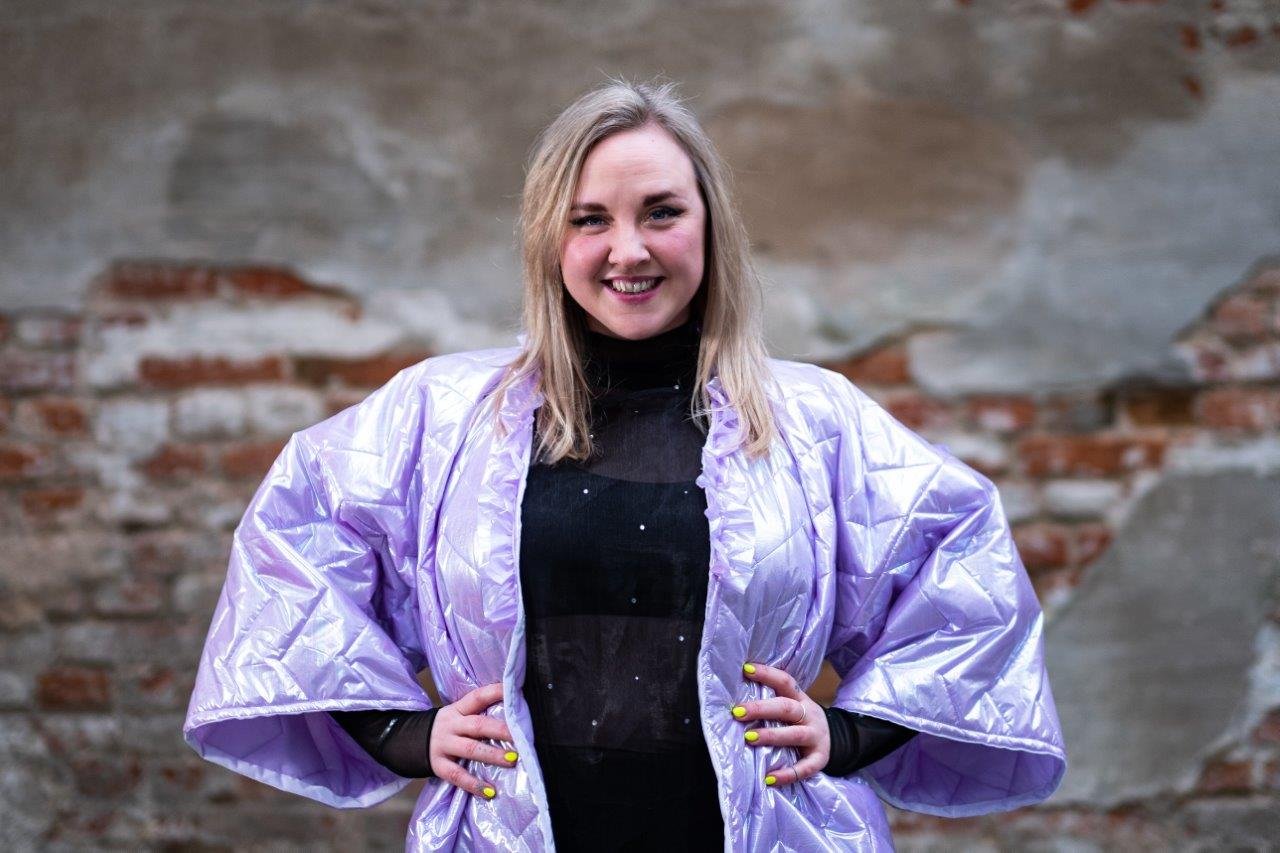
ANNA GUDMUNDSDOTTIR (Iceland, Sweden) is MFA in industrial design with a focus on local manufacturing and reuse on a larger scale. She is the founder of the design collective Malmö Upcycling Service where she pursues the issue of circular manufacturing. She also works as a project manager at the Form/Design Center for SPOK (contemporary production and consumption) and has developed this previously-local platform into a nationwide initiative with over 360 listed manufacturers. As a designer, function is her key guide, but she also the capacity to interpret themes, problems or complex questions into simple, communicative designs that the wider public can take to heart.
More about design collective Malmö Upcycling Service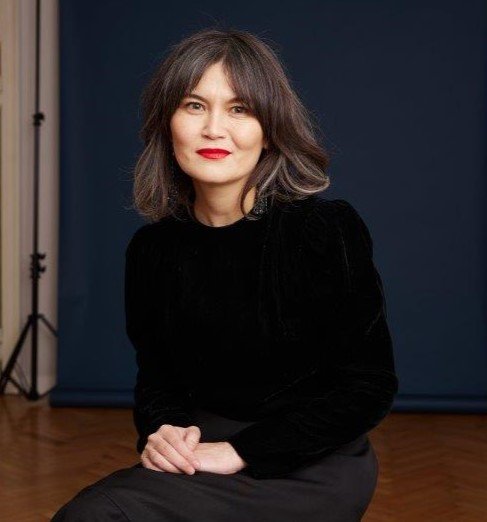
ASEL YESZHANOVA (Kazakhstan) is an Almaty based architect and a cultural activist, whose professional journey revolves around active participation in the broader discourse on architecture and urbanism. She is particularly passionate about fostering design engagement among diverse audiences. Raised in a small town amidst the expansive steppes of northern Kazakhstan, Asel had ample space to nurture her artistic inclinations through experimenting with the local materials and multidisciplinary collaborations. Asel is a co-founder and a Development Director of Public Foundation Urban Forum Kazakhstan. She was included in the Royal Institute of British Architects book 100 Women: Architects In Practice, highlighting 100 exceptional practising women architects contributing to our built environment.
More about Urban Forum Kazakhstan
LAUREN FAJARDO (Cuba) is a fashion and costume designer, entrepreneur and public speaker. A graduate of the Institute of Design in Havana, her work encompasses a variety of international projects including films, stage performances and commercial shoots as fashion designer, costume designer, stylist and producer. She is the co-founder and creative director of Dador, a social impact driven Cuban ethical fashion and lifestyle brand based in Havana. Dador is dedicated to promoting local development and female empowerment. A women-led enterprise, Dador creates clothing made in Cuba with a conscious approach that aims to preserve local cultural heritage while promoting socioeconomic growth. The timeless, handcrafted and locally-produced garments capture the essence of modern-day Havana.
More about fashion brand Dador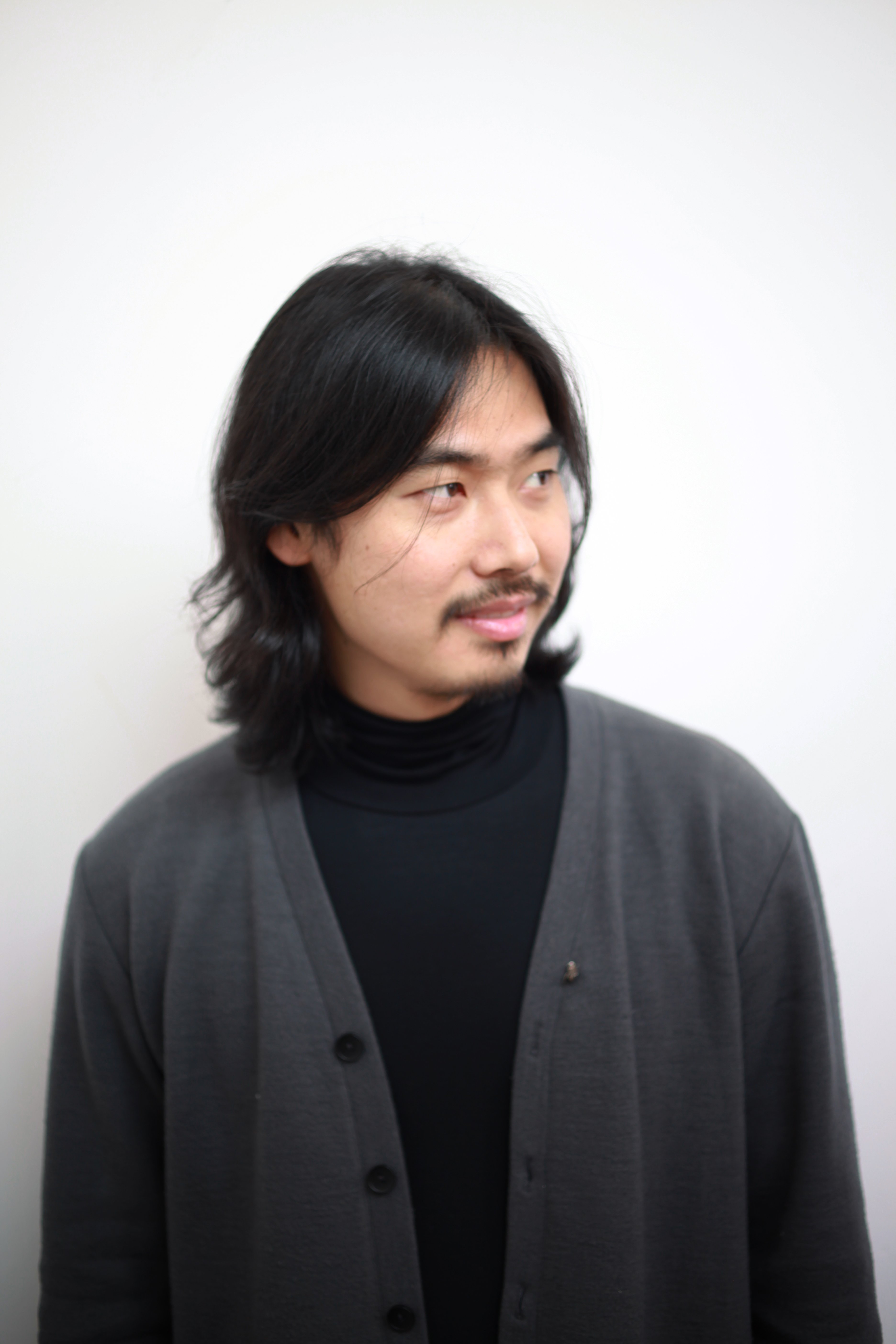
Lei ZHANG (China) led the PINWU design team to win more than 20 international design awards, using contemporary design language to redefine traditional materials and handicrafts. His design works have exhibited over the world, including China, Italy, France, Netherlands, Greece etc. Co-founded the non-profit organization róng design library with Christoph John and Jovana Zhang, led systematic study of the material system of traditional Chinese handicrafts, and promoted contemporary design applying traditional materials.
More about design collective PINWU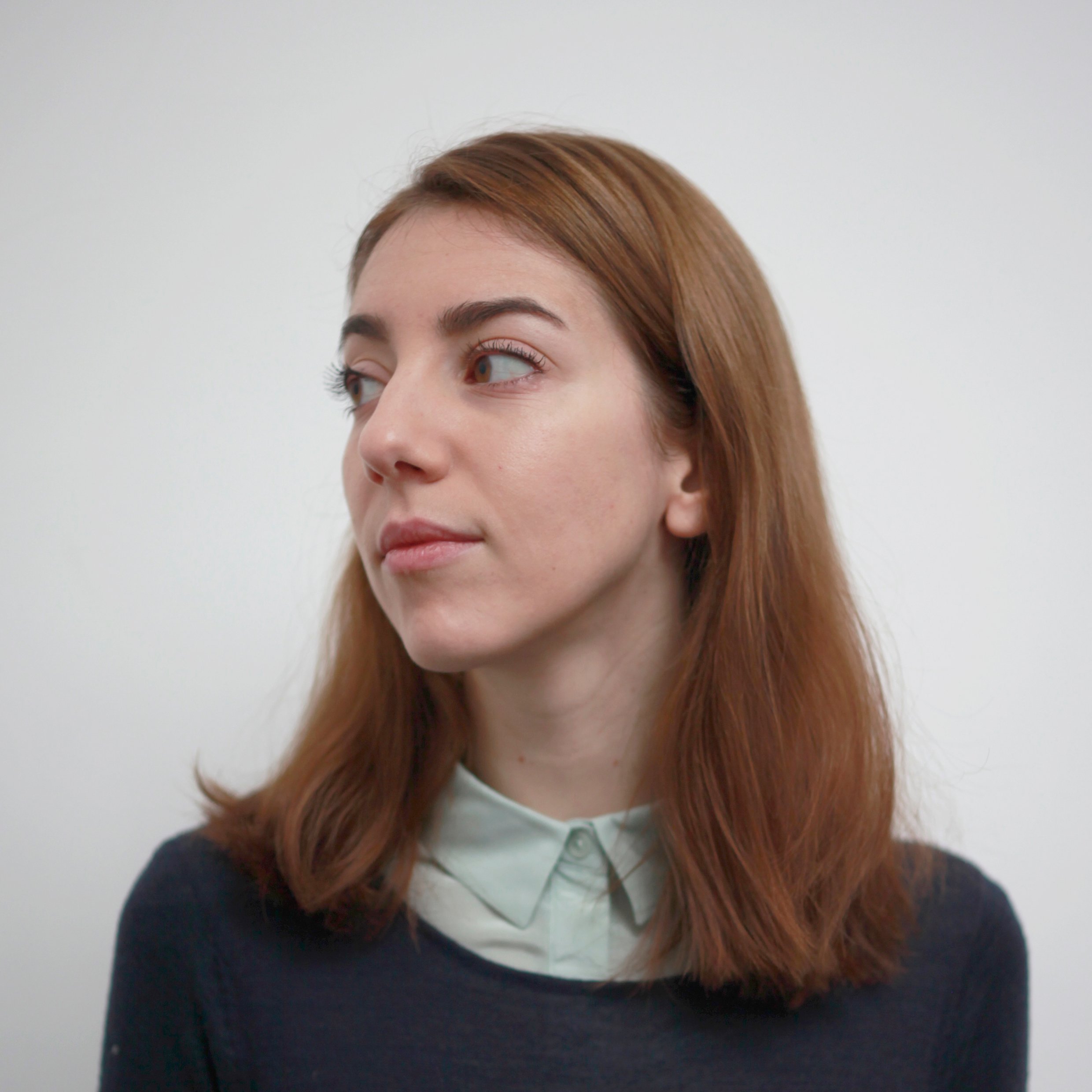
JOVANA ZHANG (Serbia, China) graduated from Belgrade Academy of Applied Arts. She worked in London and Milan before moving to Hangzhou, China in 2010. Co-founded the non-profit organization róng design library with Lei Zhang and Christoph John. In her works she focuses on balancing aesthetics, function and "future tradition". Traditional crafts and materials are inspiring both her work and life in China.
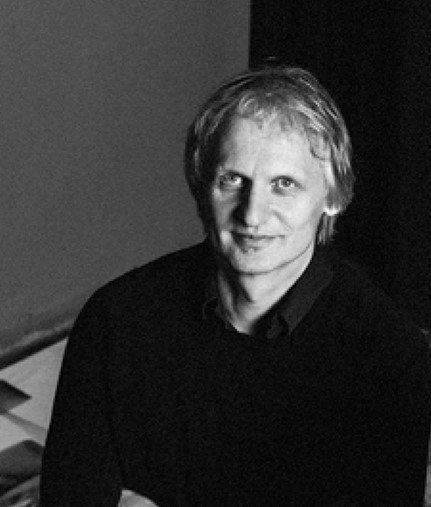
ROK KUHAR (Slovenia) is an architect and designer, as well as a lecturer at the Academy of Fine Arts and Design at the University of Ljubljana. His work primarily focuses on design, with a particular emphasis on furniture and interior design. He explores traditional craft techniques and integrates new technologies into his product designs. His approach often involves experimenting with various materials, combining them, and exploring different processing technologies, with a strong focus on multisensory design, especially tactile experiences. In collaboration with his partner Katjuša Kranjc at Raketa Studio, they have received numerous national and international awards for their work.
More about Raketa StudioFrequently asked questions
- I find all the challenges interesting, can I apply to all of them?
In the application form, you will be able to choose a challenge you would most like to take part in and add a second option for an alternative challenge. The selection committee will take this into account when selecting participants.
2. Do I have to cover my own travel expenses to Ljubljana to attend the event?
If you are selected to participate Center Rog will cover your accomodation in a hostel (17 – 23 November 2024 ), participation at the RogCreathon with meals covered (18 - 20 November 2024) and a free ticket for the RogConference with meals covered (21 - 22 November 2024).
You have to cover your own travel expenses to attend the event, but we higly suggest looking into the following option for grants for mobility supporton if you are coming from EU and neigbouring countries:
Culture moves Europe – individual mobility
3. How should I prepare the presentation video?
To apply to Creathon you have to make a 3-minute video presentation telling the jury who you are, what areas you are interested in, what you do (either professionally or as a hobby) and why you want to take part in solving your chosen challenge. Upload the video online (YouTube, Vimeo, WeTrasfer, Google Drive ...) and share the link in application form.
4. Will food be provided at the event?
During the Creathon, from Monday to Tuesday, we will provide breakfast, lunch and dinner for the participants. On Wednesday we will provide breakfas, and during the conference On Thursday And Friday lunch and snacks will be provided.
5. Is there an aplication fee?
Participation in the Creathon is free, there is no registration fee!
6. Can I get an invitation letter from Center Rog for administrative purposes?
Yes, if you're selected as participant.
See more
Benedetti Life
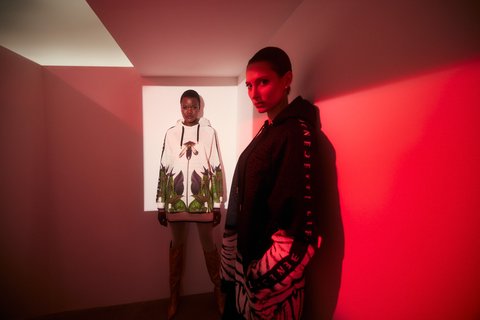
Benedetti Life – where fashion design meets unwavering ethics. In the heart of Rog Center, fashion products are born from innovative materials such as olive leather, algae-based items, and silk created from sustainable and timeless eucal...


